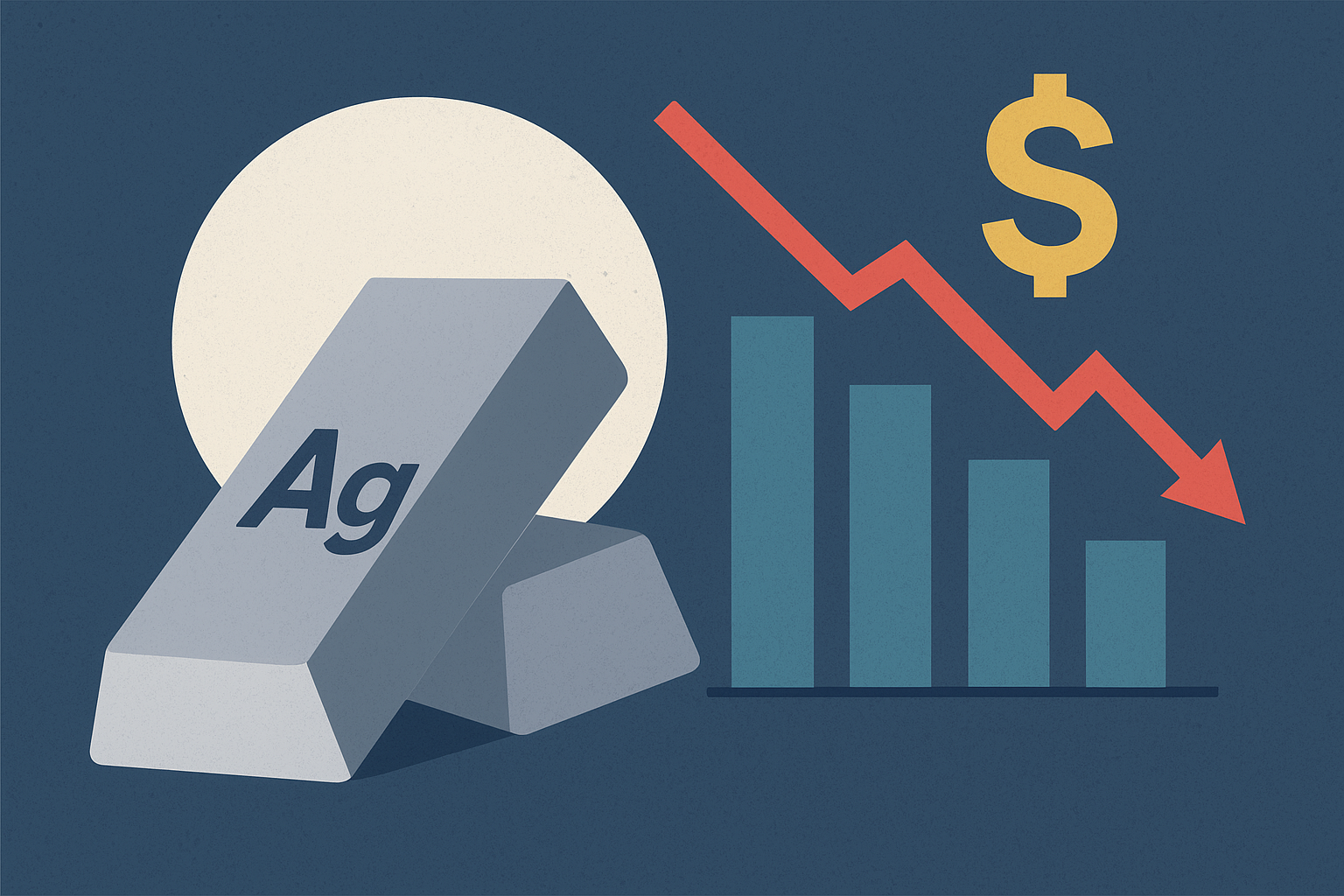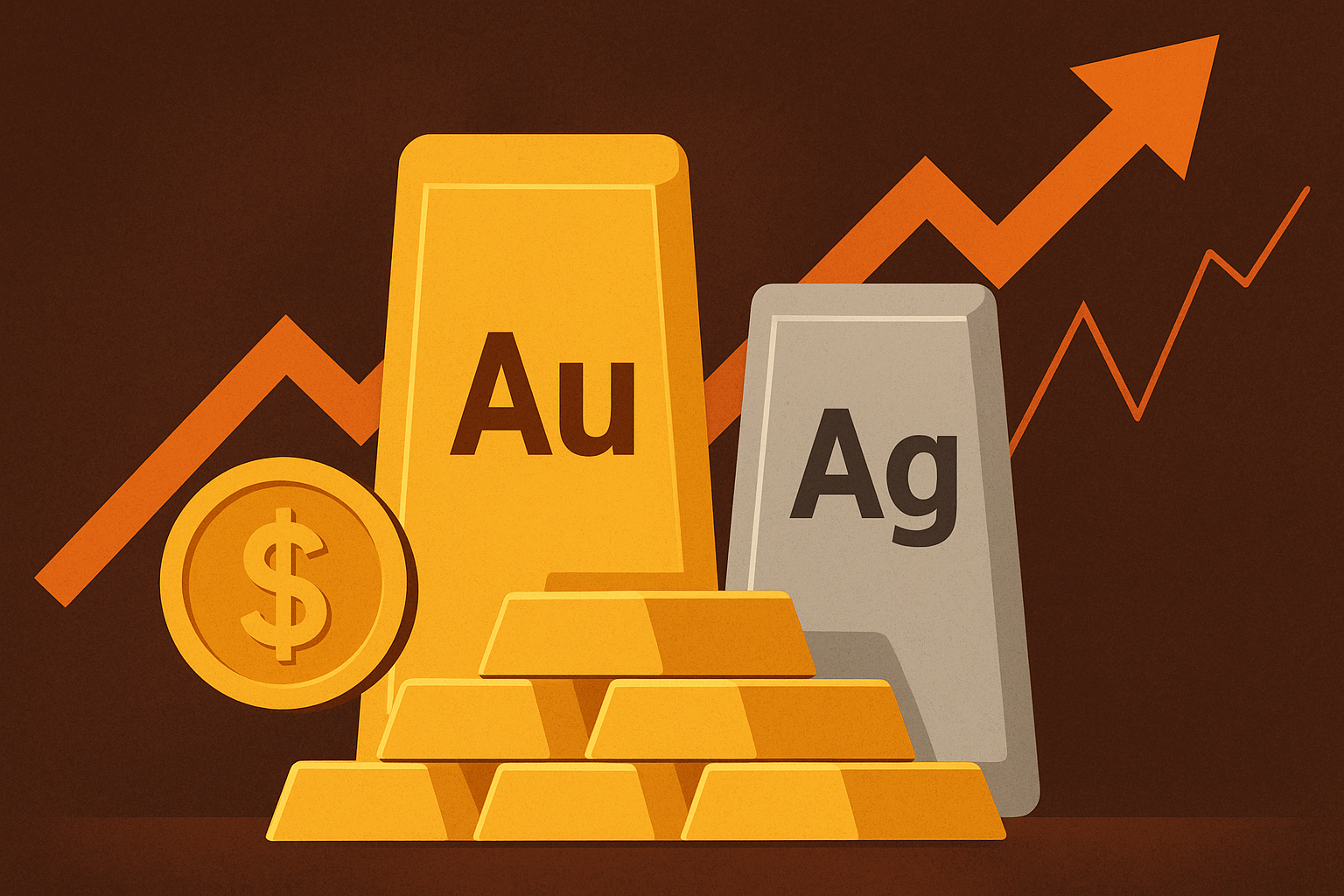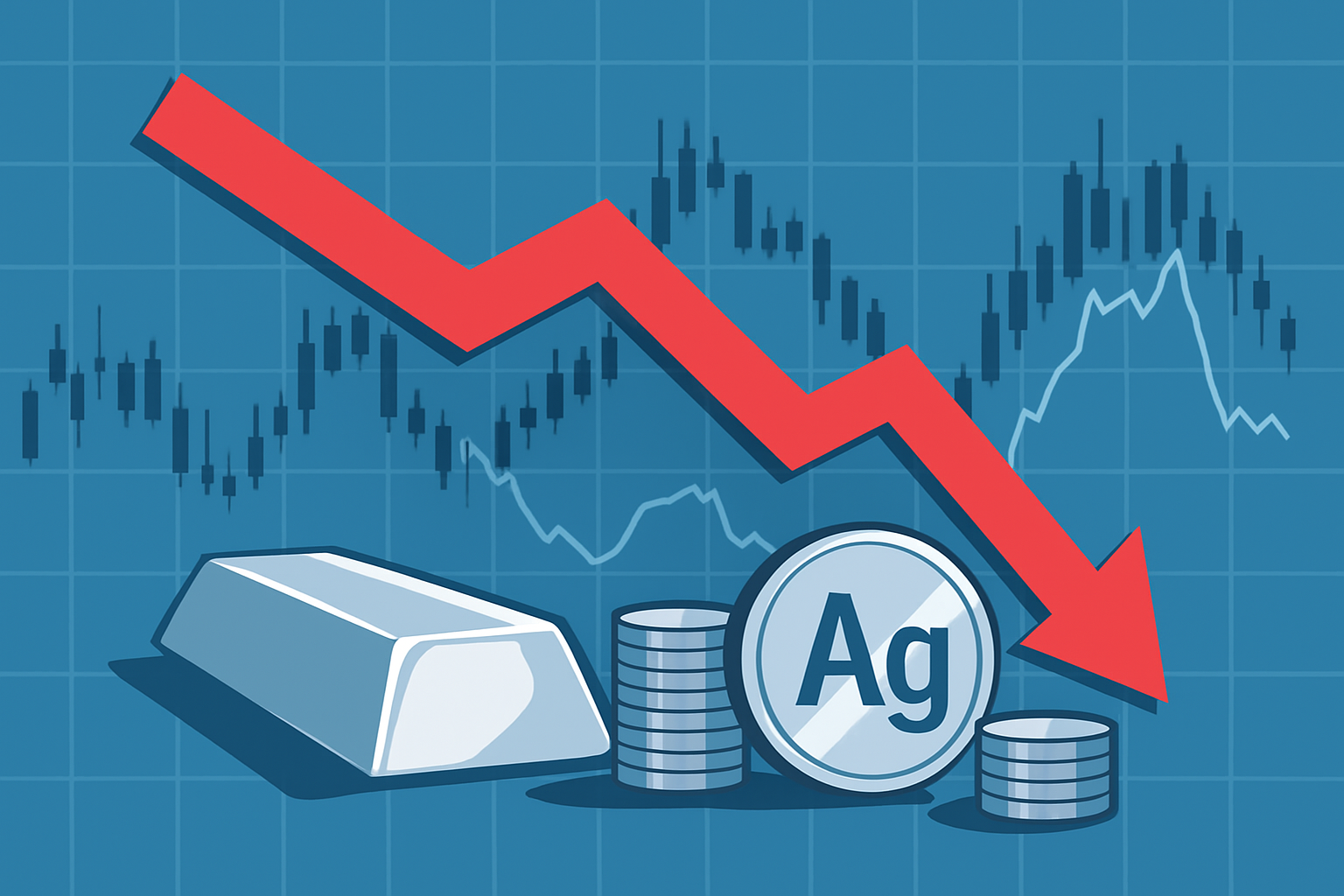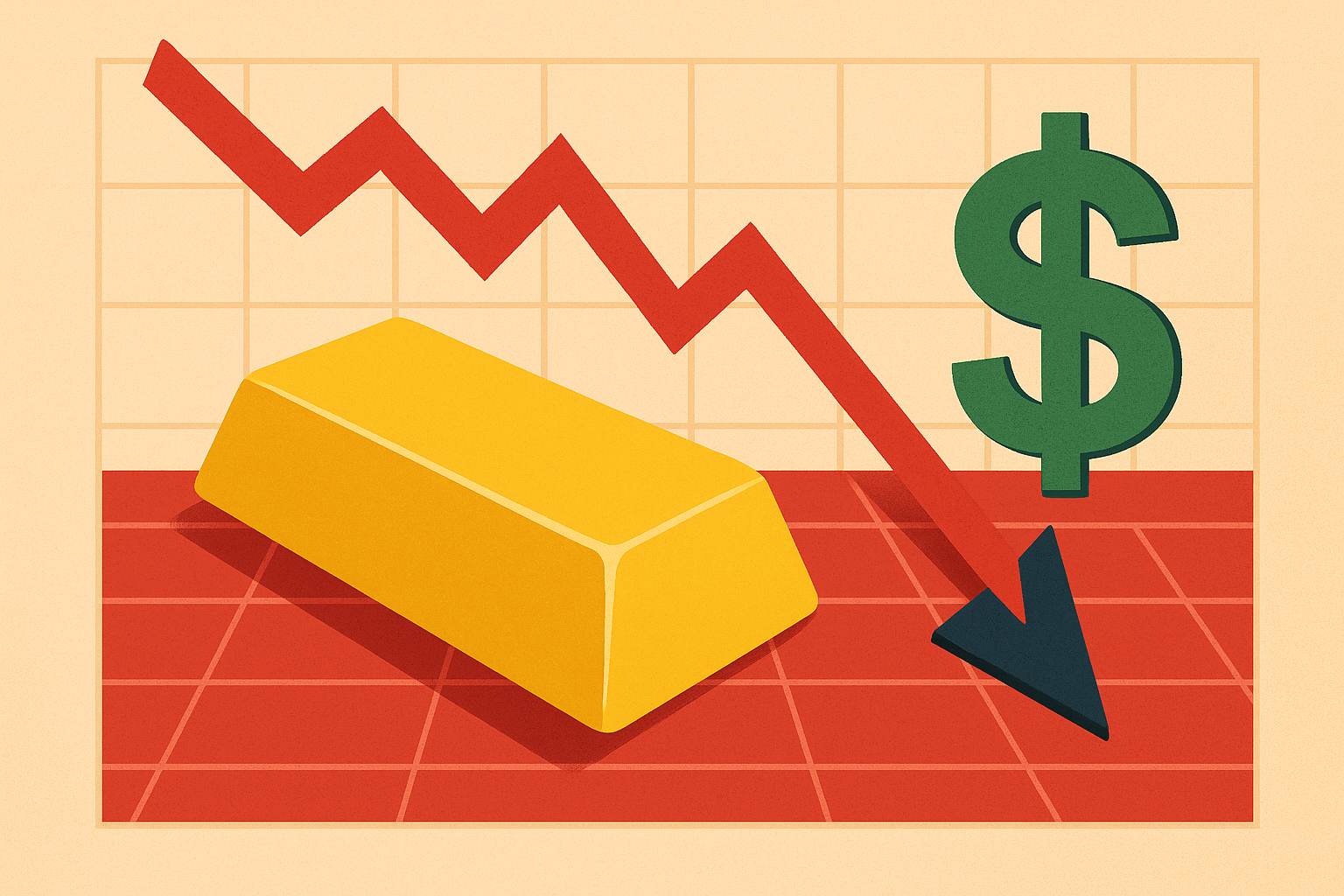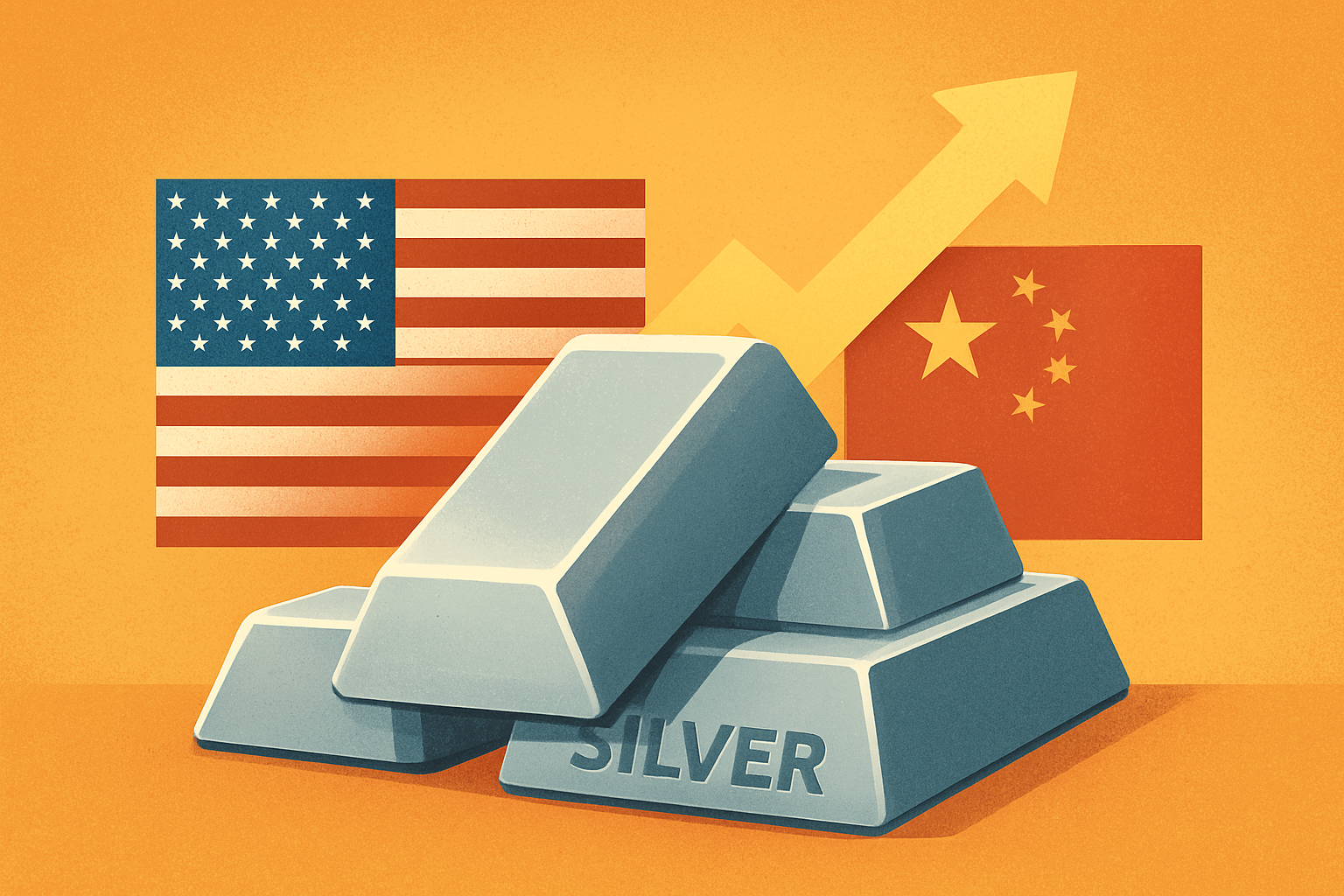Silver has exploded to new all-time highs, breaching US $53 per ounce for the first time ever — a milestone that has electrified both institutional investors and retail traders. The surge, driven by a potent mix of supply shortages, short covering, and industrial demand, has turned the spotlight squarely onto one of 2025’s most volatile asset classes.
According to Financial Times and FXStreet, the rally was triggered by a critical squeeze in London Metal Exchange (LME) inventories, where registered silver stockpiles have plunged to their lowest level in over a decade. With demand outpacing available supply and major players caught on the wrong side of short positions, the market’s response has been sharp and unrelenting.
Silver’s Perfect Storm: Structural Tightness Meets Speculative Energy
What makes this rally unique is that it isn’t solely a “safe-haven” story. While macroeconomic uncertainty — including renewed geopolitical tensions and inflation fears — has certainly played a role, analysts say the core driver is structural tightness.
FXStreet’s metals desk reports that industrial offtake from solar, electronics, and battery manufacturers remains robust, with photovoltaic applications alone consuming more than 180 million ounces annually — a record figure. This coincides with falling mine output from key producers in Mexico, Peru, and China, tightening the physical market even further.
Adding fuel to the fire, traders have noted a growing dislocation between COMEX futures and physical London prices, a divergence that has historically signaled stress in global supply chains. Some analysts even draw parallels to the 2021 retail “silver squeeze” episode — but this time, institutional capital is playing a much larger role.
Why This Matters for Investors
For investors, silver’s latest move is more than just a chart breakout — it’s a reflection of deeper changes in the metals ecosystem.
According to Investopedia’s recent metals commentary, silver’s dual identity — as both an industrial metal and a store of value — means it’s positioned at the crossroads of two powerful macro forces: decarbonization and monetary uncertainty. As clean energy investment scales up and central banks keep gold purchases near record highs, silver is increasingly being treated as a strategic asset rather than a speculative commodity.
However, volatility remains elevated. Market participants warn that profit-taking or policy-driven corrections could cause short-term pullbacks. For long-term investors, the question is whether this rally marks the start of a new supercycle — or simply another parabolic phase in a notoriously volatile market.
Future Trends to Watch
- ETF Inflows and Retail Momentum:
Exchange-traded funds like the iShares Silver Trust (SLV) have reported significant inflows over the past week. Sustained momentum here could signal broader institutional participation and extend the rally. - Supply Response from Miners:
Mining companies may accelerate production or reopen dormant assets if prices remain above US $50. Watch for updates from First Majestic Silver, Pan American Silver, and Fresnillo as they recalibrate their production forecasts. - Gold-to-Silver Ratio Compression:
The ratio has fallen below 70 — a sign that silver is outperforming gold in relative terms. Historically, such phases have coincided with broader shifts in market sentiment toward risk assets. - Derivative Market Positioning:
Short interest on COMEX remains elevated. A continued squeeze could push prices even higher, but if liquidity tightens, volatility could spike sharply in both directions.
Key Investment Insight
The silver rally of 2025 underscores how tight physical supply and leveraged positioning can combine to amplify price swings. While long-only investors may benefit from momentum, this is a market that rewards active management and disciplined risk control.
Exposure through diversified vehicles — such as miners, ETFs, or hedged commodity baskets — may offer a more balanced way to participate in the rally while mitigating downside shocks.
As analysts at Financial Times note, “Silver is behaving less like a precious metal and more like a high-beta industrial commodity — one that’s increasingly central to the energy transition narrative.”
Silver’s resurgence offers both opportunity and caution: a reminder that in times of scarcity and speculation, metals can move faster than fundamentals. Whether the next leg higher is sustainable or speculative will depend on how the physical market — and investor psychology — evolves in the weeks ahead.
Stay informed with explorationstocks.com for the latest insights into metals, markets, and investor trends shaping the global resource sector.

